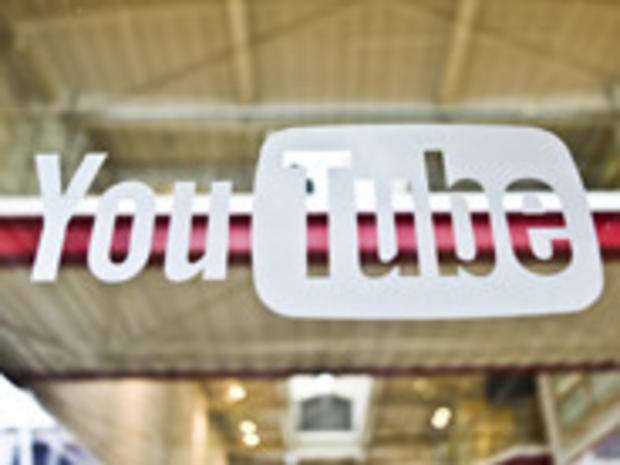Newest YouTube Headache: Furor over Fuhrer Videos
Squeezed between the demands of free speech advocates and the veiled threats of corporate copyright attorneys on the other, YouTube sought to appease everyone on Thursday by issuing rules of the road that might not appease either side.
The immediate reason for the blog post from YouTube product manager, Shenaz Zack, had to do with "Downfall," a German film released in 2004 about Hitler's final days. The film has since spawned a myriad of popular YouTube parodies featuring mock rants by Hitler on sundry topics.
All of the remixes focus on the same scene from the movie where Hitler, portrayed by the actor Bruno Ganz, lets loose with a furious speech in his underground bunker.
But after Constantin Films, the company that owns the rights to the film complained, YouTube began to pull the clips down from its site on Tuesday. That, in turn, inspired various wisenheimers to work up new parodies with Hitler screaming about his impromptu banishment from YouTube. Critics, such as the Electronic Frontier Foundation complain that YouTube went overboard and essentially bowed to an overly-narrow interpretation of the fair use doctrine as it applies to the Internet.
YouTube is particularly sensitive to the issue. The company is currently embroiled in a bitter $1 billion copyright fight with Viacom, which accuses the video-sharing site of "massive intentional copyright infringement."
In her post, Zack acknowledged that the company's content identification and management technology allows content owners to monitor fair uses of their intellectual property. One problem: Content ID, as it's called, does not identify context.
-
Since Content ID can't identify context (like "educational use" or "parody"), we give partners the tools to use length and match proportion as a proxy. Of course, it's not a perfect system. That's why two videos -- one of a baby dancing to one minute of a pop song, and another using the exact same audio clip in a videotaped University lecture about copyright law -- might be treated identically by Content ID and taken down by the rights holder, even though one may be fair use and the other may not. Rights holders are the only ones in a position to know what is and is not an authorized use of their content, and we require them to enforce their policies in a manner that complies with the law."
- When you receive a notice in your account via Content ID, we tell you who claimed the content, and direct you to a form that lets you dispute the claim if you so choose.
-
If you believe your video is fair use, check the box that reads "This video uses copyrighted material in a manner that does not require approval of the copyright holder." If you're not sure if your video qualifies, you can learn more about fair use here.
Once you've filed your dispute, your video immediately goes back up on YouTube.
From this point, the claimant then makes a decision about whether to file a formal DMCA ((Digital Millenium Copyright Act) notification, and remove the content from the site according to the process set forth in the DMCA.
